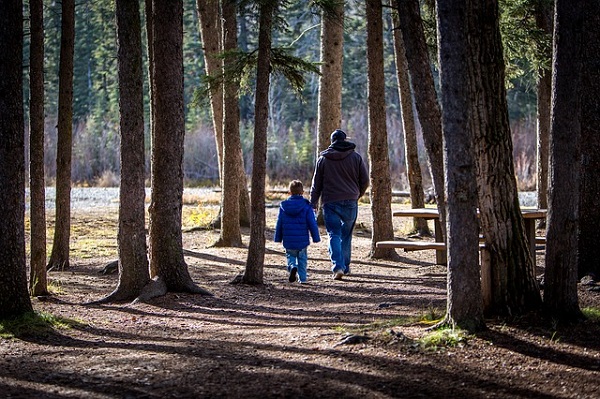
0800 377 7507
Get in touchMaking the great outdoors fun!
Despite the dreary weather at this time of year, it’s important to encourage the family outdoors say the professional domestic cleaners, MOLLY MAID. One way to get everyone outdoors, is to make it fun! Here are some ways in which to have fun outdoors.
Go on a winter scavenger hunt
Making a walk outdoors or in the forest fun when it’s cold can sometimes be unappealing for children. So why not turn the walk into a scavenger hunt with an incentive of a small prize at the end for the most things spotted and recorded with a picture or drawing.
For example, ask the children to spot a variation of the below list? How many of these can they spot?
- Robin
- A feather
- Frosty spider’s web
- Leaf skeleton
- Half-eaten pine cone
- Evergreen tree
- Holly bush with berries
- Mistletoe
You can be sure that whilst scavenging for the items, the children will ask questions about the nature around them and start interacting with it. The family as a whole can get involved by making the items listed above as complicated as you choose.
Geocaching
Geocaching is essentially a much more sophisticated, national version of a scavenger hunt using GPS through a smart phone or a GPS device. It is increasing in popularity around the world and even being incorporated into the classroom. In the UK, there are over 70,000 geocaches hidden! The brilliant thing about it is that children as well as adults love it. They regard it as an adventure sport, open to anyone and everyone, that gets you out and about in the pursuit of hidden treasure or ‘caches’ using a GPS receiver.
‘Cache’?
This is a small container containing a logbook (that you sign to show you found the cache) and, depending on the size, small toys or trinkets that junior cachers are encouraged to swap with something else. The containers vary in size from something as small as an egg cup to a full size trunk!
How to:
- Log on to geocaching.com to sign up to a free account and download some co-ordinates.
- Armed with the co-ordinates, a pen, a clue as to what size the cache is, you can get searching!
Rules of the game:
There are some basic rules of the game which are important to follow in order to keep it fun for other cachers. These can be found on geocaching.co.uk and are listed below for reference:
- A geocache should be placed in a way so it’s unnoticeable to passers-by yet can be accessed without harming terrain or vegetation.
- A geocache box or container should be camouflaged so it fits in with the surroundings and doesn’t accidentally alarm others.
- Don’t expose the hiding spot to others. When you find a geocache, quickly move it away from the site before examining it.
- It’s good form to sign the register to let the geocache owner and fellow geocachers know of your visit. Afterwards, go online to geocaching.com to record your visit there as well.
- Always exchange trinkets (also called “trade items”) with those of equal or greater value. Leave the cache better than you found it.
- Travel bugs are different than trade items. Sometimes called “hitchhikers,” these are often intended to travel the world. They are OK to take as long as you promise to put it in another geocache. Be sure to log the travel bug number online so its owner can trace its travels.
- Once you’re done with the geocache, return it exactly where you found it. Resist the temptation to find a better or more complicated spot.
Have a go and have fun!
Creating ice art
A more creative activity involving children in the great outdoors is to create some pretty ice art, using the following:
Some small natural objects such as a sprig of holly, a beautiful leaf and some pine needles or any other attractive vegetation.
- A kettle
- A saucer or small bowl (or several, if you’ve collected a lot of objects)
- A piece of string
Instructions:
- Fill the kettle and boil it (under adult supervision). Then boil it a second time and let it cool down (this removes the air bubbles so you get clear ice).
- Set out your saucers or bowls and lay a piece of string in each with one end dangling out – this needs to be long enough to hang up your ice art. Or you could join them all together by putting several saucers in a line and laying a long piece of string across them.
- Fill each saucer with water.
- Arrange your natural objects in the saucers. Make sure the objects and the string are covered by the water.
- If it’s a very cold night, put them outside to freeze, or carefully put them in the freezer overnight.
- Surprise… you’ll have beautiful ice art to hang outside and admire in the morning.
